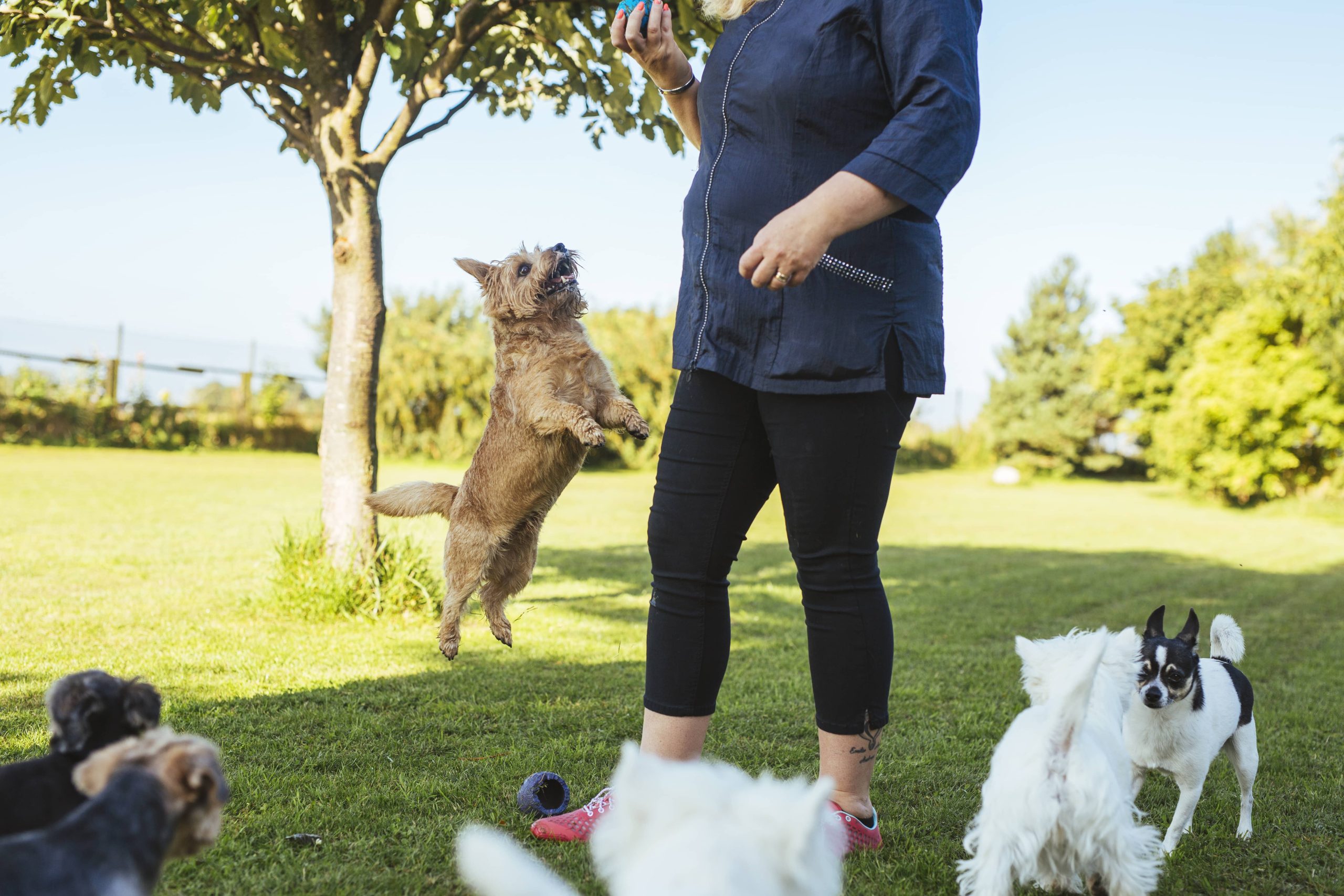
As a pet lover and dedicated blogger focused on pet training and behavior, I am often asked about the unique challenges and rewards of training pets with disabilities. Specifically, today, I want to address the topic of training deaf or blind pets. These animals may face certain challenges due to their sensory limitations, but with the right tools, techniques, and a generous amount of patience, they can live happy, fulfilling lives.
Understanding the Basics
The first step to successful training is understanding the disability. Whether a pet is born deaf or loses their hearing later in life, or whether they are blind or visually impaired, the approach to training should be tailored to their specific needs.
For Deaf Pets:
Deaf pets rely heavily on visual cues and vibrations. Since they cannot hear your voice commands or other auditory signals, it’s crucial to focus on body language and tangible cues.
For Blind Pets:
Blind pets, on the other hand, rely on their remaining senses, particularly their sense of smell and hearing. Tactile feedback and vocal commands become very important in their training process.
Building Trust and Creating a Safe Environment
An essential part of training a deaf or blind pet is building trust. Establish a safe, predictable environment where they can feel secure. Consistency is key; always use the same commands, gestures, or signals to avoid confusion.
For Deaf Pets:
– Use a consistent set of hand signals for commands. These should be simple and distinct, such as a flat palm for ‘stay’ or a sweeping motion for ‘come’.
– Get their attention by using vibrations. You can lightly stomp on the floor or use a specialized vibration collar, ensuring it’s set to a gentle enough level to get their attention without causing distress.
– Train with flashing lights for recall. Some trainers use flashlights or other light signals to catch the attention of deaf pets, especially in darker environments.
For Blind Pets:
– Use verbal commands paired with tactile reinforcement. This could be as simple as gently guiding them with your hands or using a textured target stick.
– Create a consistent and clutter-free living space. Keep furniture and other items in the same place to help your pet navigate their world.
Training Techniques
Marker Training and Positive Reinforcement:
Whether your pet is deaf or blind, positive reinforcement should be at the heart of your training strategy. Marker training can be adapted to suit both types of disabilities.
For Deaf Pets:
– Use a visual marker instead of a clicker. A thumbs-up gesture or a flashlight can serve as a marker to signal that they’ve done the right thing.
– Reward with treats immediately after they respond to a command correctly. This helps reinforce the behavior you’re training.
For Blind Pets:
– Use a voice marker such as ‘Yes!’ combined with a treat to indicate correct behavior.
– Tactile markers can also be effective. For example, a gentle tap on the chest could signify praise.
Teaching Basic Commands:
For Deaf Pets:
– Sit: Hold a treat above their nose and slowly move your hand upwards. Once they sit, use your visual marker and give them the treat.
– Stay: Show the flat palm signal for ‘stay’, and step back. If they maintain their position, mark and reward immediately.
– Come: Use a sweeping arm motion or vibration to call them over, rewarding them once they reach you.
For Blind Pets:
– Sit: Use a treat and guide their posture physically while giving the verbal command ‘Sit’. Reward instantly when they sit.
– Stay: Give the verbal command and step back slowly. Reward with treats and voice praise.
– Come: Use a verbal cue combined with a consistent sound, like tapping a surface or using a specific call. When they approach, reinforce with a treat and praise.
Socialization and Enrichment
Socializing deaf or blind pets with others is equally important for their well-being. Introduce them to new experiences gradually and in a controlled manner.
For Deaf Pets:
– Socialize mainly through sight and touch. Introduce them to new animals and people with visual cues and controlled interactions.
– Engage in activities like fetch using a ball that lights up or vibrates.
For Blind Pets:
– Rely on smells and controlled spatial introductions when meeting new friends.
– Enrich their environment with toys that make noise or have different textures, allowing them to explore through their other senses.
Patience and Persistence
Training a pet with sensory impairments requires patience and dedication. Regular, short training sessions are often more effective than longer, infrequent ones. Monitor their body language and behavior for signs of stress, and adjust your training sessions accordingly.
Community and Professional Support
Don’t hesitate to seek support from professionals experienced in training deaf or blind pets. Join forums, attend workshops, and connect with other pet owners facing similar challenges. Sharing experiences can provide valuable insights and encouragement.
Conclusion
Training a deaf or blind pet is undoubtedly a unique journey, but it’s one filled with incredible rewards. By using the right tools, techniques, and maintaining a positive and patient attitude, you can create a deeply trusting and communicative relationship with your furry friend. Every pet deserves a chance to shine, and with your unwavering support, a sensory-impaired pet can live a rich, happy life.






